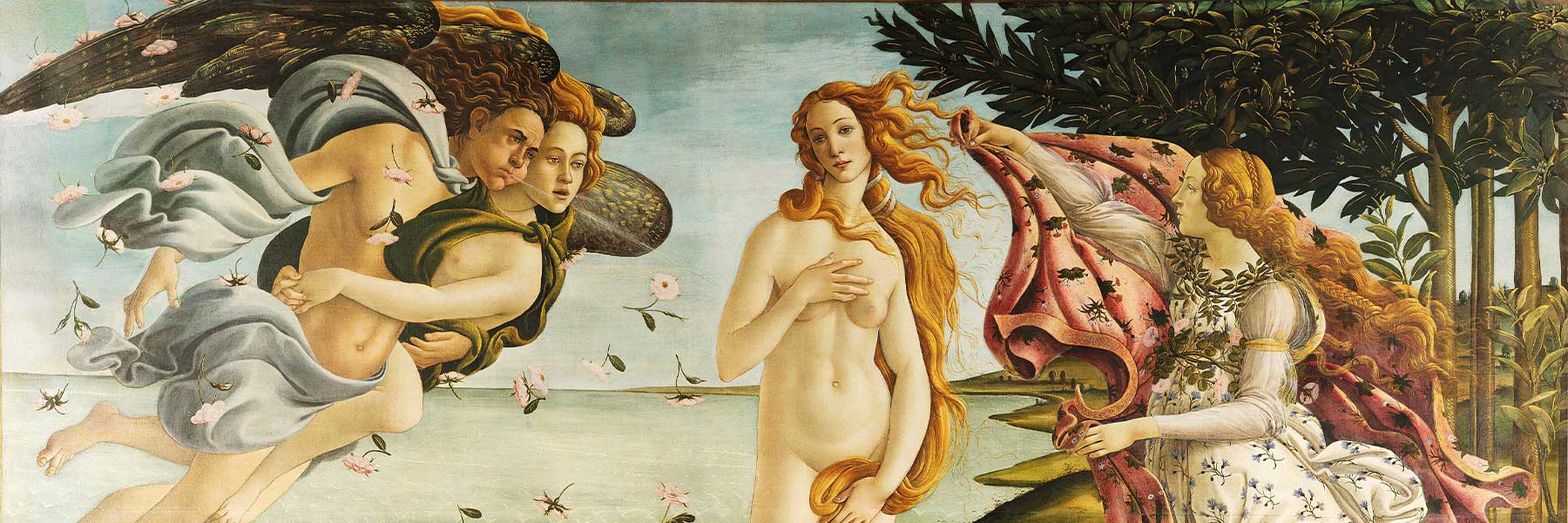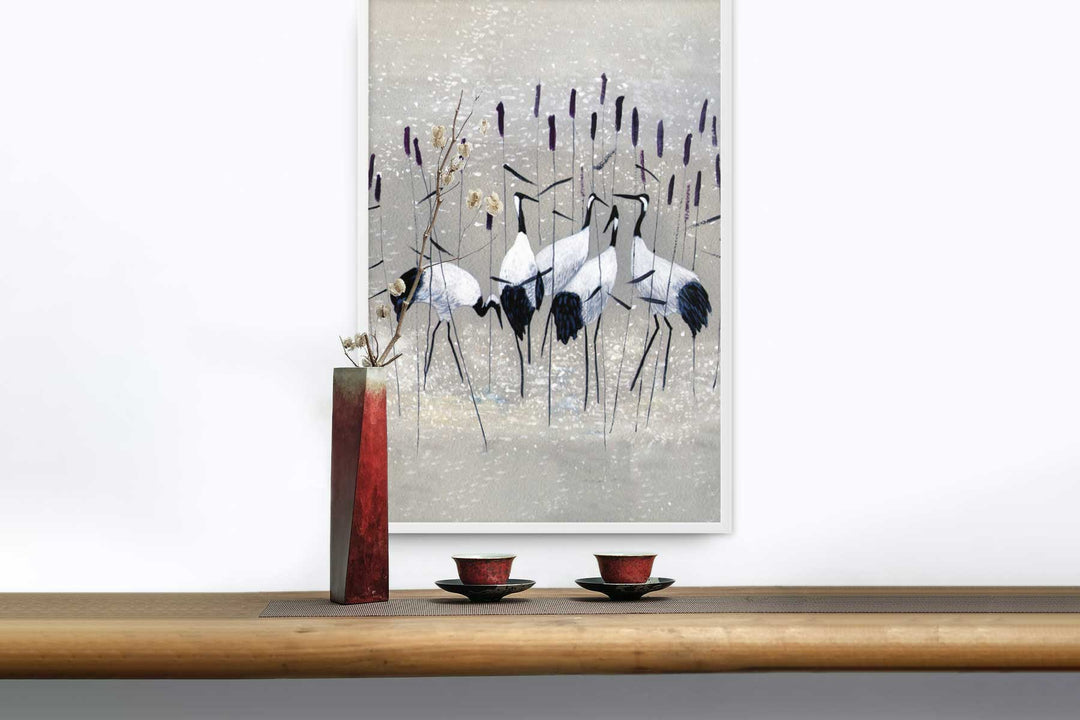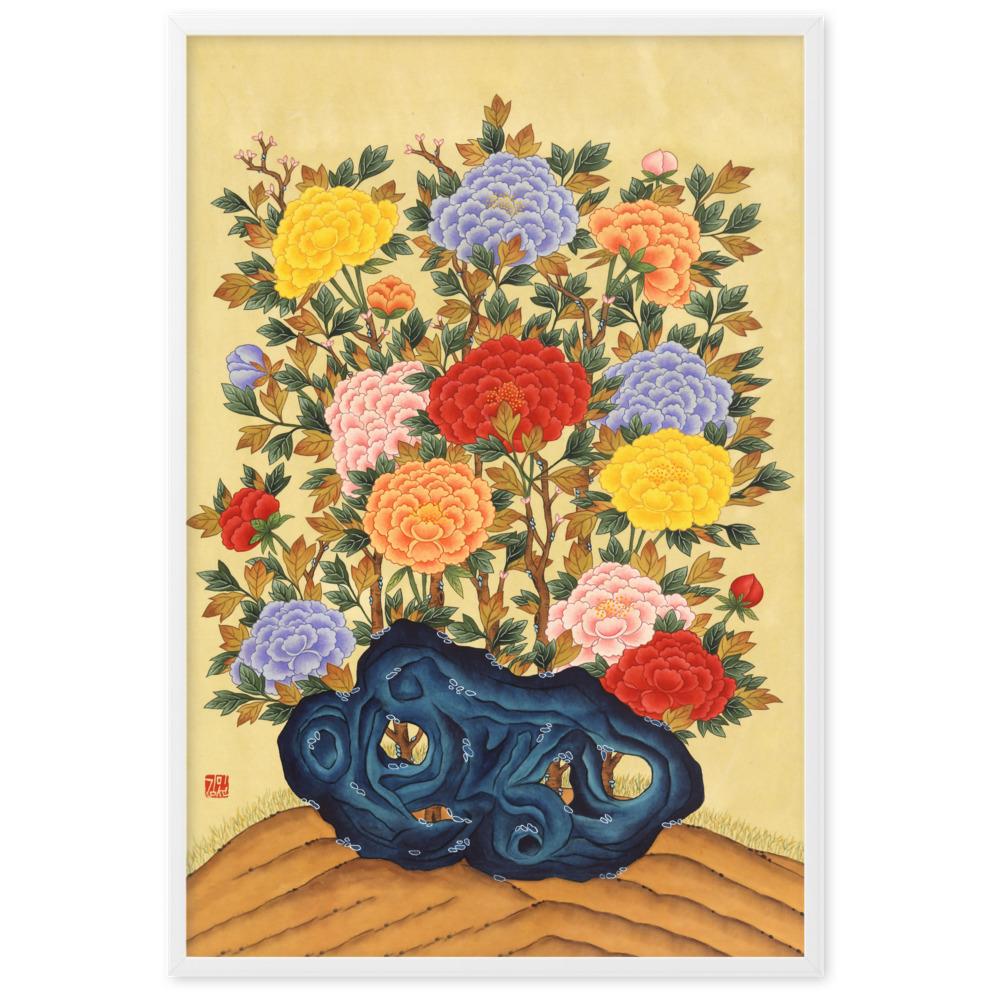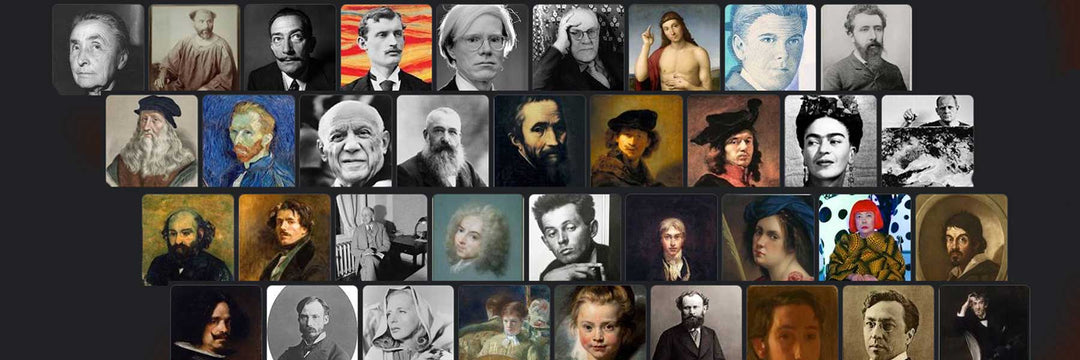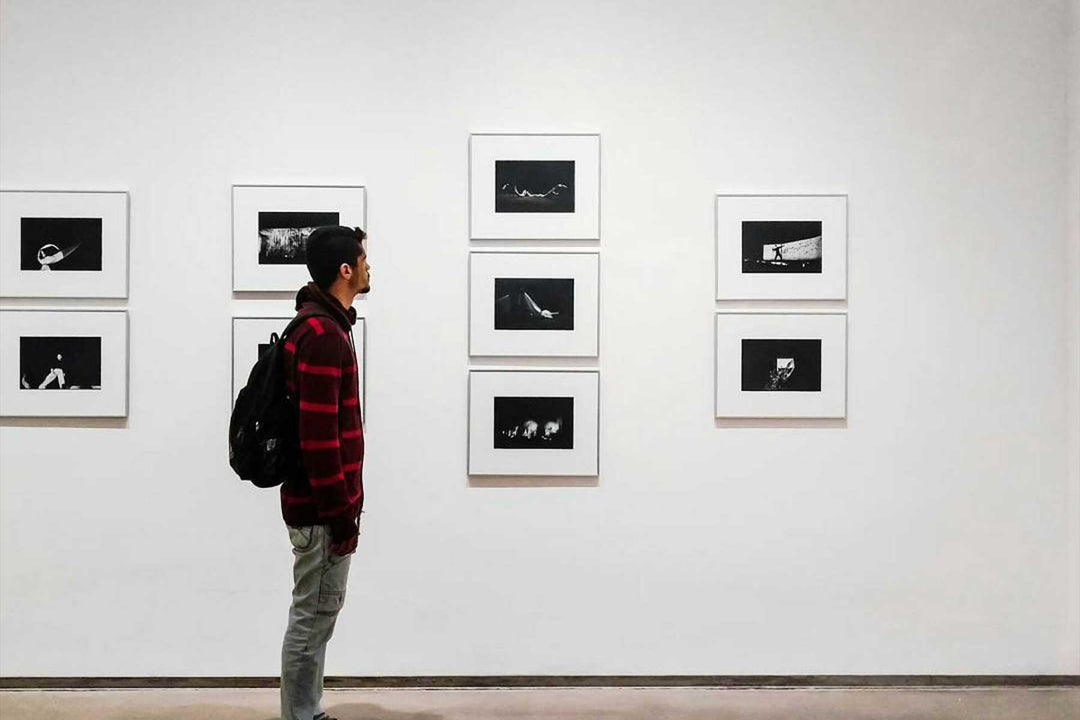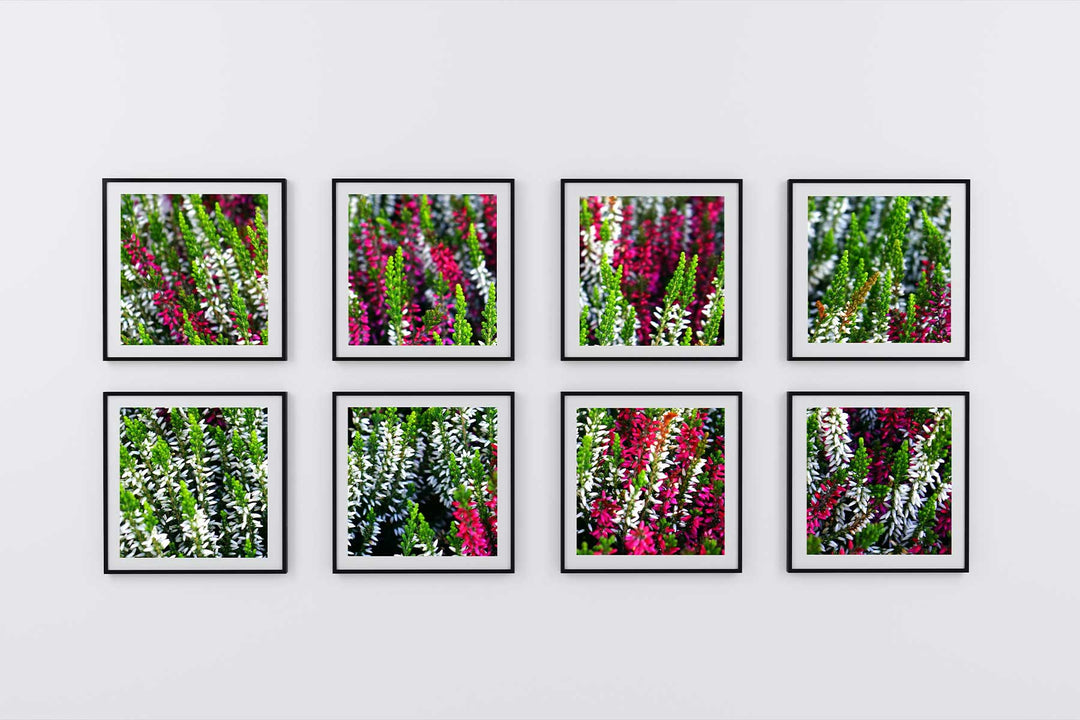Summary of Sandro Botticelli: A Master of the Renaissance
Sandro Botticelli, an outstanding artist of the Renaissance, is often celebrated as one of the masters of this important era. His deep desire to capture beauty and symbolism in each of his artworks distinguishes him as one of the most recognized artists in art history. Botticelli's works are characterized by precise lines, graceful figures and an iconic use of symbols that underline his personal vision in painting. Each painting directly reflects his unique perception of the world, interpreted through his artistic sensibility and intellectual perspective. This special artistic signature not only shaped the Renaissance, but also influenced artists and art lovers up to the present day and will ensure that Sandro Botticelli's importance endures throughout the centuries.
Services
🎨 Botticelli's dedication to depicting beauty, elegance and symbolism resulted in paintings that go beyond purely physical representation. His artworks are characterized by subtle emotions, harmonious compositions and deep cultural meaning.
🎨 Although his works are often steeped in mythological or religious themes, Botticelli's shows mastery in conveying human emotions and relationships. Each of his paintings becomes a window into the human soul and tells stories that are timeless and universal.
🎨 Botticelli's influence extends beyond the purely artistic dimension. His works have influenced not only subsequent generations of painters, but also the way we understand beauty, love and mythology.
🎨 The subtle mix of religiosity and humanism in Botticelli's art reflects the cultural diversity and intellectual development of the Renaissance. His works contribute to deepening the understanding of the era as a time of reawakening of art, science and humanism.
Important works of art by Sandro Botticelli
The Birth of Venus, ca. 1484–1486
Oil on canvas - Galleria degli Uffizi, Florence
Reprinted at artlia: Birth of Venus (Birth of Venus - vertical), one of the 10 most famous paintings in the world
The "Birth of Venus" by Sandro Botticelli, created between 1484 and 1486, is one of his most famous and iconic works. The painting represents the goddess of love and beauty, Venus, who is born from the sea.
The composition: In the "Birth of Venus", Venus is depicted in a graceful pose, rising from the shell bed onto the sea water. Wind gods float around her, fanning her a gentle breeze, and flowers, which are considered a symbol of love and fertility.
The Depiction of Venus: Botticelli chose an idealized depiction of Venus inspired by ancient sculptures. The goddess's perfect proportions and graceful beauty underscore the Renaissance idealization of the human form.
Symbolism of the Shell: The shell on which Venus stands represents not only mythological birth, but also rebirth and purification. The motif of the shell is interpreted as an allegorical representation of art as a cleansing force.
Color palette and lines: The soft pastel tones, particularly the delicate pink of Venus's skin, give the painting an ethereal atmosphere. The curved lines and flowing contours contribute to the grace and harmony of the composition.
La Primavera (The Spring), ca. 1482
Oil on canvas - Galleria degli Uffizi, Florence
“Primavera” is another masterpiece by Botticelli, created around 1482. The painting, also known as “Spring,” is an allegory of beauty and the eternal circle of life.
The composition: "Primavera" depicts a group of mythological figures in a lush landscape. In the center is Venus, which is surrounded by the three graces and the god Mercury. Flora, the goddess of flowers, is also in the picture.
Symbolism of the figures: Every character in "Primavera" carries a deeper mythological meaning. Venus represents love, the Graces symbolize grace, and Mercury represents the spring wind. The composition weaves together various mythological elements into a harmonious unity.
Flowers and nature: The lush landscape with flowers, fruits and trees emphasizes the spring aspect of the painting. Botticelli uses a variety of types of flowers, each representing different mythological or symbolic meanings.
Artful lines: The precise lines and detailed design of the figures and nature underline Botticelli's artistic skill. Each figure seems to exist in perfect harmony with the surrounding nature.
The Adoration of the Magi, ca. 1470
Tempera on wood - Galleria degli Uffizi, Florence
The "Adoration of the Magi" is one of Botticelli's early works, created around 1470. The painting depicts the biblical scene of the adoration of the Magi offering gifts to the newborn Jesus.
The composition: In the middle of the picture stands Mary with the baby Jesus on her lap. The Three Wise Men kneel before them to show their respect. They are surrounded by other figures who take part in the scene.
Symbolism of gifts: The gifts of the kings, gold, frankincense and myrrh, carry deep religious meaning. Gold symbolizes Jesus' royal nature, frankincense represents his divinity, and myrrh indicates his eventual death.
Detailed representation: Botticelli shows his skill in depicting details, be it in the facial features of the characters, the sumptuous robes or the architectural elements in the background. The precise execution gives the scene a special intensity.
Connection to antiquity: Although it is a biblical scene, Botticelli incorporates elements from antiquity, including architectural structures and robes in the style of Roman antiquity. This reflects the influence of the Renaissance idealization of antiquity on Botticelli's work.
Botticelli's influence on art history
Sandro Botticelli's artistic legacy extends far beyond the Renaissance. His influence on art history is lasting and continues to shape art production and perception. Botticelli's works not only influenced numerous artists of the Renaissance, but also inspired generations of later artists. His unique combination of elegance, symbolism and masterful technique remains an inexhaustible source of fascination and a key aspect in the development of Western art. Through his works, Botticelli conveyed not only timeless beauty, but also deep insights into human nature, religious themes, and the importance of art as a medium of reflection and communication.
Biography of Sandro Botticelli

Sandro Botticelli, born Alessandro di Mariano di Vanni Filipepi on March 1, 1445 in Florence, Italy, was an outstanding painter of the Italian Renaissance and is one of the most important artists of the 15th century. His unique artistic vision and contribution to the development of Renaissance art have firmly established his legacy in art history.
Early years (1445-1467): At a time of cultural upheaval, Botticelli began his artistic journey in Florence. As a student in Fra Filippo Lippi's workshop, he deepened his painting skills. These years shaped his technique and inspired his path to mastery.
Development to become a master (1467-1482): After acquiring the basics, Botticelli established himself as an artist in his own right. His works from this period demonstrate a deep understanding of mythology and an innovative approach to biblical motifs. His ability to convey emotion in his paintings became a distinctive feature of his art.
Florener Renaissance (1482-1492): Botticelli experienced a period of intense creativity and became one of the most sought-after artists in Florence. His interest in Renaissance ideals was reflected in his depictions of ancient mythology and Christian themes. It was during this time that he created his famous painting “The Birth of Venus,” which became an iconic work of the Renaissance.
Upheaval and personal turmoil (1492-1500): The political changes in Florence, particularly after Savonarola's rise to power, led to a reversal in Botticelli's artistic expression. He renounced some of his secular works and devoted himself increasingly to religious themes. Personal challenges accompanied this phase and may have influenced his artistic perspective.
Later years and aftermath (1500-1510): Botticelli's later creative period was characterized by a certain reserve. The emerging High Renaissance produced new styles and ideas that eclipsed his works. His contribution to the art world faded and he was largely forgotten.
Botticelli's legacy: Despite his later retirement, Botticelli remains a key figure of the Renaissance. His contribution to the connection between mythology, spirituality and aesthetics was groundbreaking. His works, including "The Spring" and "The Birth of Venus," are timeless masterpieces that have shaped the artistic landscape for centuries. Sandro Botticelli died on May 17, 1510, but his legacy lives on in the admiration of his art and his influence on subsequent generations of artists.




